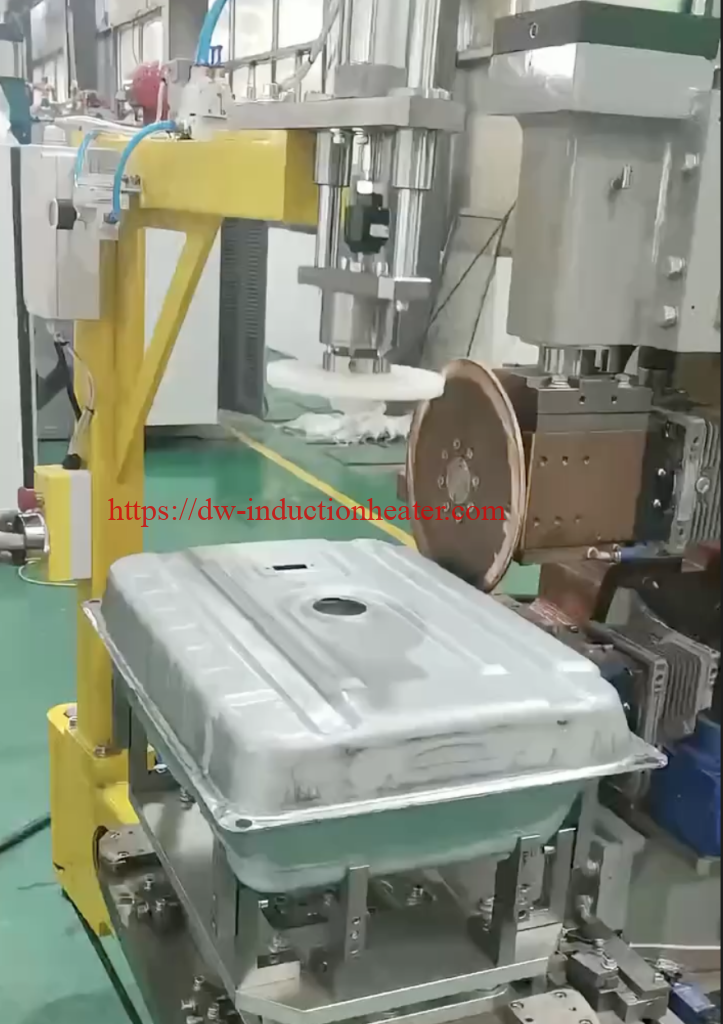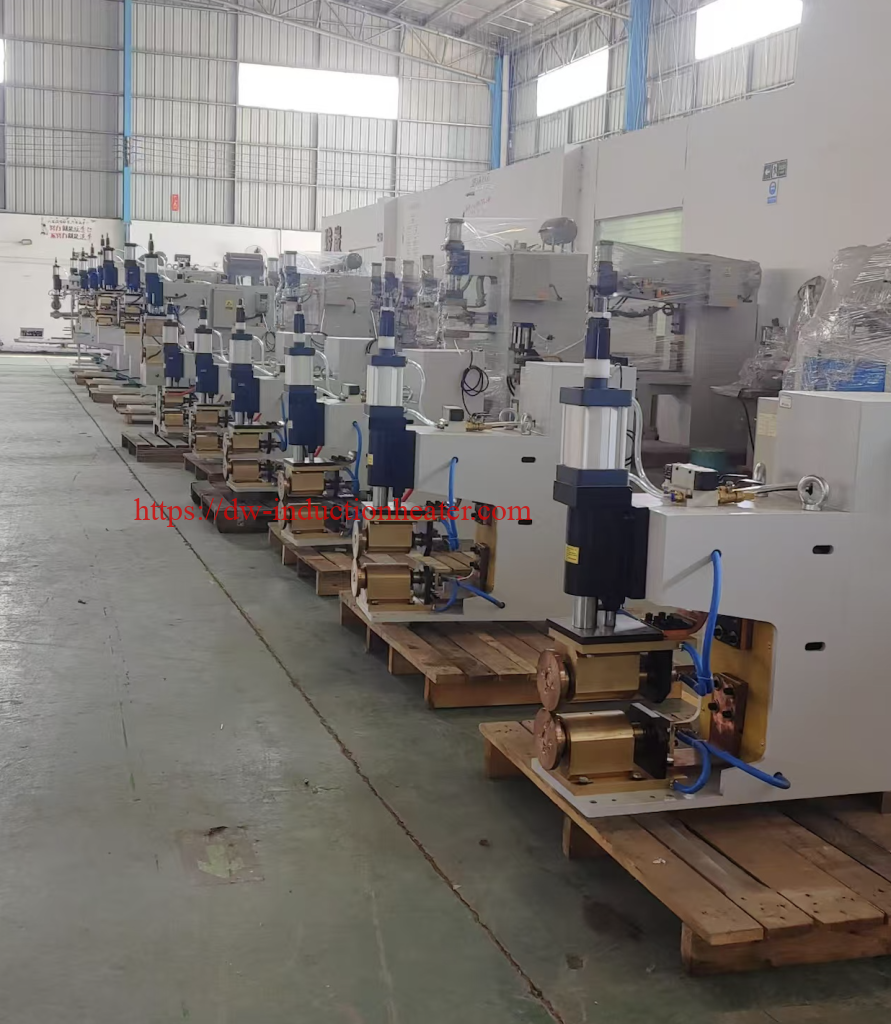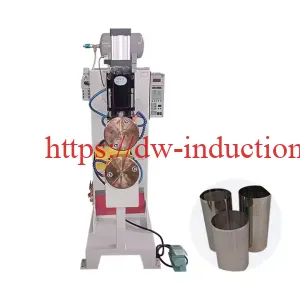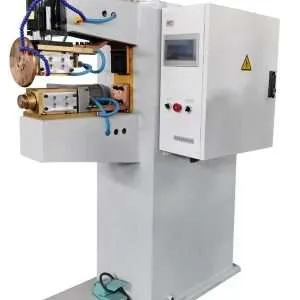-
1/6
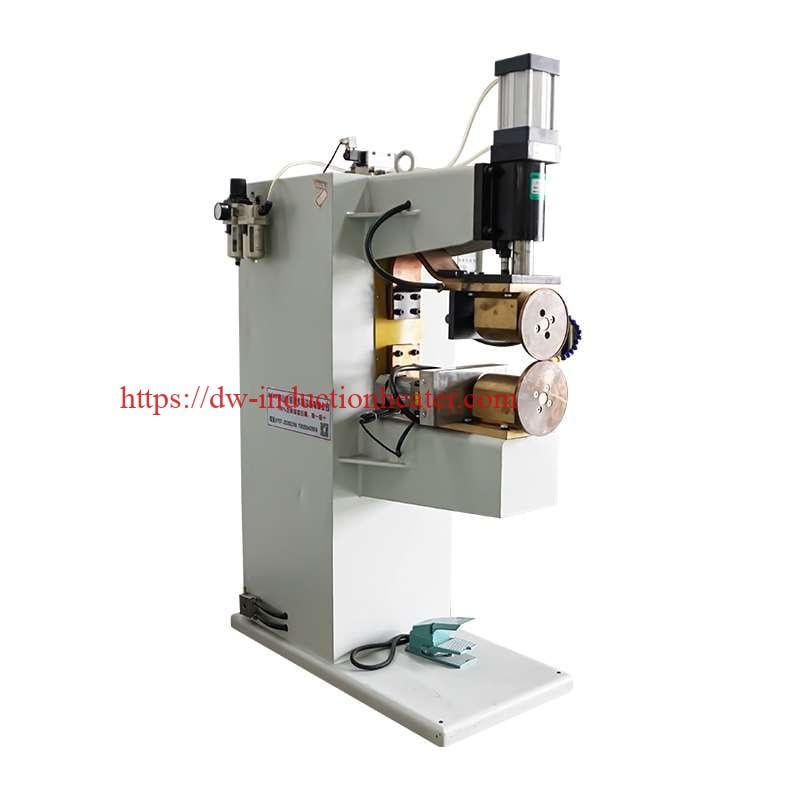
-
2/6

-
3/6
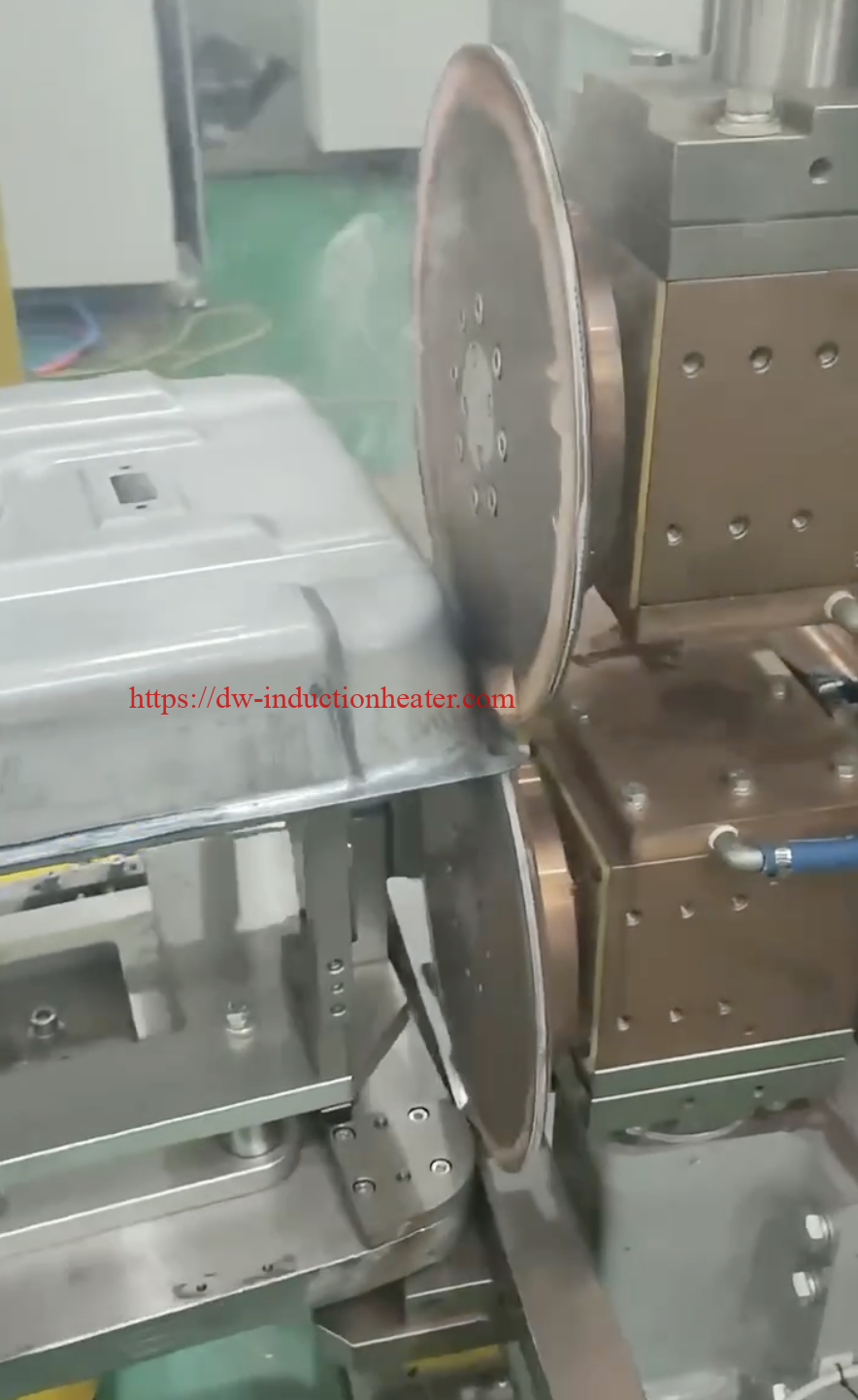
-
4/6

-
5/6

-
6/6

Fuel Tanks Resistance Seam Welding Machine-Stainless Steel Foil Plate Roller Seam Welders
Optimizing Resistance Seam Welding Machines for Sealing Fuel Tanks and Stainless Steel Foil and Plate
Resistance seam welding is an engineering marvel that delivers precision, strength, and durability in applications where airtight or watertight seals are essential. The manufacturing and production industry relies heavily on resistance seam welding machines for sealing fuel tanks and stainless steel foil and plate due to their efficiency and high output in critical industries, including automotive, aerospace, and energy.
In this article, we’ll provide an in-depth examination of this specialized welding technology, its applications, advantages, components, and considerations for achieving the perfect seam. We’ll also explore frequently asked questions to help aspiring industrial specialists and manufacturers better understand this transformative technology.
Table of Contents
What is Resistance Seam Welding?
Why Use Resistance Seam Welding for Fuel Tanks?
Applications of Resistance Seam Welding: Stainless Steel Foil and Plate
How Resistance Seam Welding Machines Work
Core Components of Resistance Seam Welding Machines
The Role of Electrodes in Seam Welding
Benefits of Resistance Seam Welding for Stainless Steel and Fuel Tanks
Choosing the Right Resistance Seam Welding Machine
Key Considerations for Machine Selection
Recommended Welding Current for Materials
Common Challenges in Resistance Seam Welding
FAQs About Resistance Seam Welding Machines
What is the primary purpose of resistance seam welding machines?
Are resistance seam welding machines suitable for stainless steel foil?
What maintenance is required for resistance seam welding machines?
What industries benefit the most from resistance seam welding?
How does resistance seam welding differ from spot welding?
Conclusion: The Future of Precision Welding for Fuel Tanks and Stainless Steel
What is Resistance Seam Welding?
Resistance seam welding (RSW) is a specialized variation of resistance welding where the welding process creates a continuous, leak-proof seal along a joint. Using a combination of heat, pressure, and an electrical current passed through rolling or stationary electrodes, seamless welds are achieved along overlapping edges of thin materials like stainless steel sheets or foil.
Unlike other welding techniques, resistance seam welding is most effective for applications demanding airtight or watertight seals, such as fuel tanks, containers, and pressure vessels.
Why Use Resistance Seam Welding for Fuel Tanks?
Fuel tanks typically require high-integrity seals that ensure no leakage, even under extreme pressure or temperature fluctuations. Resistance seam welding machines excel in this domain due to their ability to produce:
- Uniform Welds: Continuous, consistent seams eliminate weak points that could cause leaks.
- High Strength-to-Weight Ratios: Essential for lightweight fuel tanks used in aerospace and automotive industries.
- Corrosion Resistance: Crucial for maintaining long-term functionality when welding stainless steel parts.
Fuel tanks for automobiles, aircraft, and even industrial storage systems often use graded stainless steel or specialized metals, making resistance seam welding the go-to technology to create durable, precision seals that eliminate the risk of failure over time.
Applications of Resistance Seam Welding: Stainless Steel Foil and Plate
The versatility of resistance seam welding extends to various industrial applications beyond fuel tanks. Here are a few major use cases:
- Stainless Steel Foil in Medical Equipment: When handling ultra-thin metallic foils for surgical instruments or packaging, seam welding offers precise and clean joints.
- Food Processing Equipment: Resistance seam welding ensures sanitary, airtight welds for equipment often exposed to liquids and temperature variations.
- Energy Storage Systems: Many modern energy cells use seam welding to manufacture stainless steel encasements for batteries.
- Automotive and Aerospace Structures: From fuel tanks to body panels, seam welding ensures structural integrity in lightweight stainless steel components.
How Resistance Seam Welding Machines Work
Core Components of Resistance Seam Welding Machines
A resistance seam welding machine may appear complex, but its functionality is driven by five primary components:
- Power Source: Supplies and regulates electrical current for welding.
- Electrodes: Either rolling wheels or stationary electrodes that compress the materials while supplying current.
- Pressure Mechanism: Ensures adequate force between the materials to create a proper weld seam.
- Cooling System: Prevents overheating of mechanical components and the workpiece.
- Controller Unit: Provides precision control over timing, pressure, and current, ensuring consistent weld quality.
The Role of Electrodes in Seam Welding
Electrodes play a pivotal role in seam welding. In most machines, rotating wheel-shaped electrodes create continuous welds by conducting electrical current while simultaneously rolling along the weld line. Ensuring the right material composition and wear-resistant properties is critical to prolonged electrode lifespan.
Benefits of Resistance Seam Welding for Stainless Steel and Fuel Tanks
The advantages of using resistance seam welding machines for fuel tanks and stainless steel foil extend far beyond efficiency. Here’s why manufacturers favor this technique:
- Minimal Heat Distortion: The localized heating process reduces risks of warping the parent material during welding.
- Seamless and Leak-Proof Joints: The process guarantees air- and liquid-tight welds, even under pressure.
- High Throughput and Scalability: Machines are designed for repetitive, high-speed tasks, perfect for mass production.
- Cost Efficiency Over Time: Reduced material loss and energy consumption make it a long-term cost-saver.
- Versatility: Resistance seam welding can handle a wide range of material thicknesses, from ultra-thin foils to plates up to several millimeters in thickness.

Choosing the Right Resistance Seam Welding Machine
Selecting the right welding machine requires careful analysis of specific application needs. The wrong choice could lead to production inefficiencies or subpar results.
Key Considerations for Machine Selection
- Material Compatibility: Ensure the machine can handle your desired material grades and thicknesses.
- Production Volume: For large-scale operations, opt for machines with higher throughput capabilities.
- Precision Requirements: Evaluate controller options to ensure precise weld parameters, especially for sensitive applications like fuel tanks.
- Cooling System Efficiency: Overheating can lead to machine downtime and poor welds, so invest in optimized cooling mechanisms.
- Size of Welding Wheels/Electrodes: Larger wheels are ideal for long seams, whereas smaller wheels are better for detail work.
- Below are some common technical tables related to seam welding machines, which may assist in process setup and operation.
Recommended Welding Current for Materials
| Material Type | Thickness (mm) | Welding Current (kA) | Electrode Force (kN) | Weld Speed (m/min) |
| Mild Steel | 0.5 – 1.0 | 5 – 8 | 1.5 – 3.0 | 2 – 6 |
| Stainless Steel | 0.5 – 1.0 | 4 – 7 | 1.8 – 3.2 | 1.5 – 4 |
| Aluminum Alloy | 1.0 – 2.0 | 10 – 18 | 3.0 – 6.5 | 1 – 3 |
| Galvanized Steel | 0.6 – 1.2 | 6 – 10 | 1.7 – 3.5 | 1.5 – 4 |
| Copper Alloy | 0.5 – 1.5 | 5 – 10 | 2.0 – 4.0 | 0.5 – 2 |
Product Specifications
| Parameter | ||||||||
| Model | Input voltage
/V |
Rated capacity
/KVA |
Rated Frequency
/HZ |
Rated duty cycle
/% |
Arm Length
/MM |
Electrode stroke
/MM |
Cooling water consumption
/L/min |
Max welding capacity (low carbon steel two block welding) /MM |
| FN-25 | 380V | 25 | 50/60 | 50 | 350 | 50 | 20 | 0.3+0.3 |
| FN-40 | 40 | 350 | 50 | 30 | 0.6+0.6 | |||
| FN-50 | 50 | 380 | 60 | 30 | 0.8+0.8 | |||
| FN-63 | 63 | 380 | 60 | 30 | 1.0+1.0 | |||
| FN-80 | 80 | 400 | 75 | 30 | 1.2+1.2 | |||
| FN-100 | 100 | 400 | 75 | 40 | 1.5+1.5 | |||
| FN-160 | 160 | 400 | 75 | 40 | 1.8+1.8 | |||
| FN-200 | 200 | 400 | 75 | 40 | 2.0+2.0 | |||
Common Challenges in Resistance Seam Welding
Despite its benefits, resistance seam welding can present several challenges:
- Material Overheating: Excessive input energy can distort the material or reduce weld quality. Proper energy and pressure balancing is essential.
- Electrode Degradation: Significant wear and tear on electrodes can result in inconsistent welds. Regular maintenance is required.
- Edge Alignment Issues: Achieving proper overlap between the materials is crucial to seamless welds without gaps.
- Control System Failures: Outdated controllers may lead to inconsistent timing of energy pulses, affecting weld strength.
- Cooling Challenges: Inadequate cooling can result in electrode failure or structural issues in the welds.
Understanding these challenges helps machine operators and manufacturers mitigate risks, ultimately improving output and efficiency.
FAQs About Resistance Seam Welding Machines
1.
What is the primary purpose of resistance seam welding machines?
Resistance seam welding machines are designed to create airtight and watertight seams in overlapping materials, ensuring durability, strength, and precision across applications like fuel tanks, stainless steel containers, and aerospace structures.
2.
Are resistance seam welding machines suitable for stainless steel foil?
Yes, resistance seam welding machines are highly effective for stainless steel foil, providing clean, precision welds without distorting the thin material. Specialized machines often come with adjustable parameters to accommodate varying thicknesses.
3.
What maintenance is required for resistance seam welding machines?
Routine maintenance is essential, including checking electrode wear, cooling system efficiency, and power source calibration. Regular inspections help maximize uptime and retain weld quality.
4.
What industries benefit the most from resistance seam welding?
Industries such as automotive, aerospace, energy storage, and medical device manufacturing benefit greatly, where high-strength, leak-proof seals are vital.
5.
How does resistance seam welding differ from spot welding?
While both techniques use resistance welding principles, spot welding creates individual welds at discrete points, whereas seam welding produces continuous, overlapping joints for sealed applications.
Conclusion: The Future of Precision Welding for Fuel Tanks and Stainless Steel
Resistance seam welding machines represent a cornerstone technology for modern manufacturing, delivering unparalleled precision and reliability in applications demanding leak-proof seals. From fuel tanks to stainless steel foil and plate, this method ensures high strength, corrosion resistance, and scalability.
As technology advances, we foresee enhancements in machine capability, incorporating AI-driven controllers, improved cooling systems, and longer-lasting electrodes—all aimed at pushing the boundaries of welding innovation. Whether you’re an industry veteran or new to resistance welding, investing in cutting-edge seam welding machines ensures that your projects achieve superior outcomes, combining efficiency with unparalleled durability.
By mastering resistance seam welding for sealing fuel tanks and stainless steel foil and plate, we can drive industrial excellence, ensuring that our processes remain innovative, cost-effective, and future-focused.

